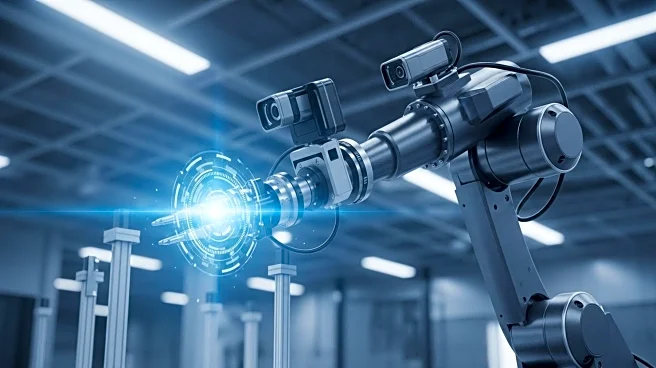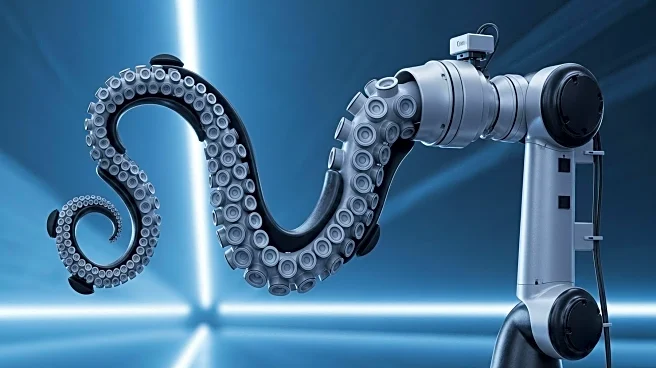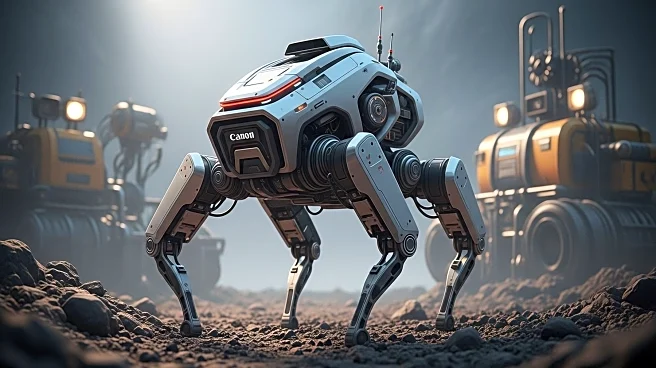What's Happening?
Researchers in Hong Kong have developed a new mapping model for quadrupedal robots, enabling them to autonomously navigate complex terrains. The model uses multi-layered mapping to help robots crawl under and leap over obstacles, enhancing their ability to complete missions in challenging environments. The study, published in IEEE Robotics and Automation Letters, highlights the robot's ability to adapt to diverse terrains using lidar data and simulations. This advancement could allow robots to perform tasks in hazardous areas, such as post-earthquake rubble sites, where human intervention is risky.
Why It's Important?
The development of advanced terrain mapping for robots signifies a major step forward in robotics, particularly for applications in disaster response and construction site inspections. By equipping robots with the ability to autonomously navigate difficult terrains, researchers are paving the way for safer and more efficient operations in environments that are dangerous for humans. This technology could revolutionize industries that require monitoring and assessment of unstable areas, potentially reducing human risk and increasing operational efficiency.
What's Next?
The research team plans to commercialize the robot for inspection scenarios, such as construction sites, and aims to enhance its capabilities using real-world data. Future developments may focus on improving the robot's adaptability to new terrains and expanding its applications in various industries. As the technology progresses, it could lead to broader adoption of autonomous robots in sectors requiring complex navigation, driving innovation and safety improvements.










